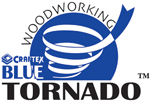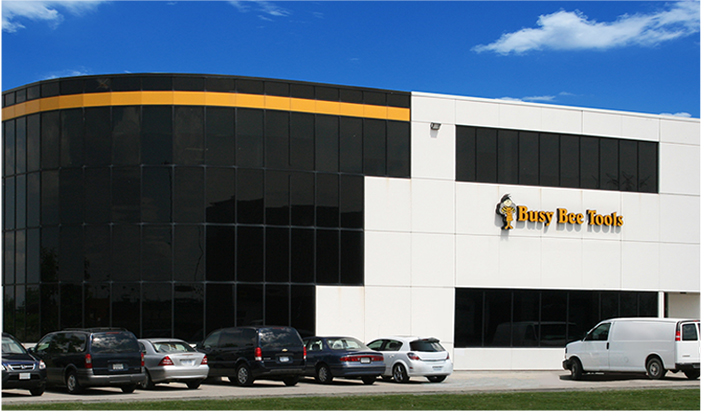Getting the most from your Thickness Planer
By: Gord Thorogood
Thickness planers come in a wide variety of sizes and configurations. Care must be taken to select the proper unit for your requirements. A Clockmaker would want a unit that would perform differently than the unit required by a wood lot operator. A person making home furniture may select a bench top model which can give excellent finishes while holding close tolerances on all on all varieties of hard and soft woods. These units are designed for lighter duties such as cabinet making.
Larger heavier units come into their own when rough sawn material is to be converted into finished lumber and this can result in substantial savings over purchasing the finished product. Most planers have the facility to be adjusted to handle different situations such as the condition of the material to be planed. If the material is very rough it will not slide easily across the table so the table rollers can be raised to ease the material through. This will produce a side affect though on the ends of the material, resulting in marks appearing from the cutters as the material climbs onto and drops off the rollers. If the material is smooth before planning the rollers should be lowered as far as possible to get the best finishes.
The feed rollers may be either serrated steel or a rubber composition. With the steel rollers the infeed rollers must have enough pressure exerted to push the material through the knives. Any marks in the wood should disappear with the material removed. The out feed rollers only have to move the material a few inches after it has passed by the in feed roller so in order to avoid marking the surface lighter pressure should be exerted. Rubber rollers will work very well but as with all planers, certain rules must be observed. Always check the thickness of the material and if one end is thicker than the other always put the thick end in first. If the thin end is inserted first the cut will get deeper and deeper until the machine cannot accept it anymore and the rollers will spin on the material causing the surface of the rollers to shred.
Always check the material for wedging, direction of grain, loose knots, dirt, nails, etc. before starting to cut. Thickness planers are not designed to straighten material
but to size it so look for crowning and winding and you may be able to take light cuts on alternate sides to eliminate some of the problem. Always support the material both in feeding and out feeding. The amount of leverage on a long board is enough to damage the rollers or the knives. Feed rollers can been badly bent if someone has let the end of a board slip from their hands, so be careful especially when you are alone. The best method is to have a stand or table to support the material .There are many things to look for when using this type of machine ~ if the operator observes the basic rules the results will be well finished accurate material to work with.
©Copyright 2010 by Busy Bee Machine Tools® Ltd. All rights reserved.





























